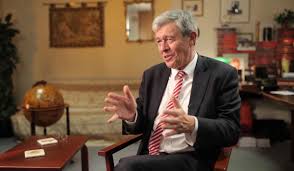 The nature of consciousness has long been one of the most profound and perplexing questions in cognitive science, neuroscience, and philosophy. How does subjective experience arise from the objective, physical processes of the brain? What is the relationship between mind and matter, between the inner world of thoughts and feelings and the outer world of neurons and synapses?
The nature of consciousness has long been one of the most profound and perplexing questions in cognitive science, neuroscience, and philosophy. How does subjective experience arise from the objective, physical processes of the brain? What is the relationship between mind and matter, between the inner world of thoughts and feelings and the outer world of neurons and synapses?
In his revolutionary work on the Free Energy Principle (FEP), neuroscientist Karl Friston offers a compelling new perspective on these age-old questions, drawing on cutting-edge research in computational neuroscience, thermodynamics, and information theory. Friston argues that consciousness emerges from the brain’s fundamental imperative to minimize prediction error and maintain its internal organization against the forces of entropy (Friston, 2010). Far from being a passive receiver of sensory information, the brain actively generates predictions about the world and continuously works to minimize the difference between those predictions and incoming sensory data (Friston, 2010).
This paper will explore Friston’s key ideas and their implications for our understanding of consciousness, cognition, and the self. We will see how Friston’s framework of active inference – the process by which organisms act to confirm their predictions about the world – can shed new light on classic philosophical problems like the mind-body relationship, the nature of perception, and the emergence of selfhood. By integrating Friston’s insights with traditional perspectives on consciousness, we can gain a deeper understanding of the predictive mind and its role in shaping human experience.
The Free Energy Principle and Predictive Coding
At the heart of Friston’s approach is the Free Energy Principle, a unifying theory suggesting that all living systems strive to minimize free energy—a measure of the difference between an organism’s internal model of the world and the actual state of the world (Friston, 2010). As Friston writes:
“The Free Energy Principle is a formal statement of how organisms maintain their integrity or internal organization in the face of a constantly changing environment. It suggests that all biological systems, from single cells to complex brains, must minimize their free energy to resist the natural tendency toward disorder and maintain their boundaries.” (Friston, 2010, p. 127)
This principle has profound implications for how we understand brain function. According to Friston, the brain is not primarily a passive processor of sensory information but rather a prediction machine, constantly generating hypotheses about the causes of its sensory inputs and updating those hypotheses based on prediction errors (Friston, 2010).
This view, known as predictive coding, suggests that in the brain’s hierarchy, higher levels generate predictions about the activity of lower levels. These top-down predictions are then compared with the activity in the lower levels to calculate a “prediction error.” This error signal is then passed back up the hierarchy, allowing the higher levels to update their models and refine future predictions (Friston, 2005). This recursive exchange of signals works to suppress prediction error at every level of the cortical hierarchy, providing a coherent explanation for sensory inputs (Friston, 2005).
This hierarchical model offers a new way of understanding perception, cognition, and action. Perception is not the passive reception of sensory information but the active process of fitting that information to pre-existing models. Cognition is the continual refinement of these models based on prediction errors. And action is the process of changing sensory inputs to match predictions, rather than the other way around (Friston, 2010).
Active Inference and the Construction of Reality
If the brain is constantly generating predictions about sensory inputs, then what is the relationship between these predictions and what we consider “reality”? This is where Friston’s concept of active inference becomes crucial. Active inference is a corollary of the Free Energy Principle, suggesting that organisms don’t just passively predict the world; they actively engage with it to fulfill their predictions (Friston, 2013). Organisms can minimize free energy not just by updating their internal models (perception) but also by acting on the world to bring about sensory states that conform to their predictions (action) (Friston, 2010; Friston, 2013).
This view has radical implications for our understanding of consciousness and reality. If our perceptions are shaped by our predictions, and our actions are aimed at confirming those predictions, then our experience of reality is not a passive reflection of an objective world but an active construction based on our internal models (Friston, 2010).
This idea resonates with philosophical traditions that emphasize the role of the subject in constituting experience. As philosopher Alva Noë argues, consciousness is not something that happens inside us, but is an achievement of an organism’s engagement with its environment. In his words:
“consciousness is an achievement of the whole animal in its environmental context” (Noë, 2009, p. 9).
This active, constructive view of consciousness challenges traditional notions of perception as a kind of internal representation or “picture” of the world. Instead, perception emerges from the dynamic interplay between prediction and sensation, between top-down models and bottom-up evidence (Friston, 2010).
The Bayesian Brain and Embodied Cognition
Friston’s predictive framework is deeply rooted in Bayesian probability theory, which provides a mathematical account of how beliefs should be updated in light of new evidence. According to the “Bayesian brain” hypothesis, the brain performs something analogous to Bayesian inference, constantly updating its prior beliefs based on new sensory evidence to form posterior beliefs (Friston, 2012).
As Friston explains, the core of this idea is that the brain is fundamentally an inference engine:
“In essence, the Bayesian brain says that we are trying to infer the causes of our sensations based on a generative model of the world.” (Friston, 2012)
This Bayesian perspective has important implications for our understanding of embodied cognition – the idea that cognition is fundamentally shaped by the body and its interactions with the environment (Clark, 2016). From Friston’s perspective, the body itself is part of the brain’s model, and bodily states provide crucial contextual information for predictions (Friston, 2010).
This embodied predictive processing view suggests that consciousness is not confined to the brain but emerges from the complex interplay between brain, body, and environment (Clark, 2016). This aligns with the work of philosopher Andy Clark, who argues that predictive processing provides a powerful framework for understanding the embodied mind (Clark, 2016). This view suggests that consciousness is not a thing or a property but a process – the ongoing dynamic of prediction, error, and update that characterizes the organism’s engagement with its environment (Friston, 2010).
Selfhood as a Predictive Model
If consciousness emerges from predictive processing, what does this tell us about the nature of the self? According to Friston, the self is not a fixed entity but a dynamic process of self-modeling that the brain uses to predict its sensory inputs (Friston, 2018). In a 2018 paper, he argues that consciousness arises from this self-modeling process when it gains a sense of the future:
“On this view, consciousness is nothing more than inference about my future; namely, the self-evidencing consequences of what I could do.” (Friston, 2018)
This predictive view of selfhood has intriguing parallels with philosophical accounts of the self as a narrative construction. Just as the brain constructs models to predict sensory inputs, it also constructs a model of itself as an agent to predict its own actions and their consequences. This self-model is not fixed but continuously updated based on prediction errors (Friston, 2018).
Moreover, this view suggests that disorders of selfhood might be understood as disturbances in predictive processing. If the self is a predictive model, then disruptions to that model could lead to profound disturbances in the sense of self. Some researchers frame this in terms of how the brain weighs prediction errors, a process known as precision-weighting. A foundational paper on this topic states:
“We will consider hallucinosis, abnormal eye movements, sensory attenuation deficits, catatonia, and delusions as various expressions of the same core pathology: namely, an aberrant encoding of precision.” (Adams, Stephan, Brown, Frith, & Friston, 2013)
This predictive account of selfhood offers a naturalistic framework for understanding both the stability and the fragility of our sense of self, without recourse to metaphysical notions of an immaterial soul or a homuncular self.
Markov Blankets and the Boundaries of Mind
A crucial concept in Friston’s work is the notion of Markov blankets – statistical boundaries that separate a system from its environment while allowing for causal interactions between them (Kirchhoff, Parr, Palacios, Friston, & Kiverstein, 2018). As Friston and his collaborators explain:
“A Markov blanket defines the boundaries of a system (e.g. a cell or a multi-cellular organism) in a statistical sense. It is a statistical partitioning of a system into internal states and external states, where the blanket itself consists of the states that separate the two.” (Kirchhoff, Parr, Palacios, Friston, & Kiverstein, 2018)
This concept has profound implications for our understanding of consciousness and its boundaries. If consciousness emerges from predictive processing, and predictive processing occurs within systems defined by Markov blankets, then the boundaries of consciousness may be defined not by the skin or the skull but by the statistical boundaries of predictive models (Kirchhoff, Parr, Palacios, Friston, & Kiverstein, 2018).
This view resonates with extended and distributed theories of mind, which suggest that consciousness may extend beyond the individual brain to encompass tools, technologies, and social systems (Friston, 2010). The Markov blanket formalism provides a precise way to explore how the mind’s boundaries might be nested and sometimes extend beyond an individual agent to include items in the environment (Kirchhoff, Parr, Palacios, Friston, & Kiverstein, 2018). This statistical approach offers a nuanced alternative to both traditional internalism (which locates mind exclusively in the brain) and radical externalism (which dissolves the boundaries of mind entirely).
Implications for Artificial Intelligence and the Hard Problem
Friston’s predictive framework has important implications for artificial intelligence and the so-called “hard problem” of consciousness – the question of why and how physical processes in the brain give rise to subjective experience (Seth, 2016).
For AI, the Free Energy Principle suggests that truly intelligent systems must not just process information but actively predict and interact with their environments to minimize prediction error (Friston, 2010). This view challenges traditional computational approaches to AI and aligns more closely with embodied and enactive perspectives that emphasize the role of action and environment in cognition (Friston, 2010).
Regarding the hard problem of consciousness, Friston’s framework doesn’t claim to solve it entirely but offers a new perspective on it. Proponents suggest that instead of trying to explain the existence of subjective experience, we should focus on explaining its properties. Philosopher of mind Anil Seth calls this reframing “the real problem”:
“…there is an alternative, which I like to call the real problem: how to account for the various properties of consciousness in terms of biological mechanisms; without pretending it doesn’t exist (easy problem) and without worrying too much about explaining its existence in the first place (hard problem).” (Seth, 2016)
This doesn’t eliminate the mystery of consciousness but reframes it in terms that are more amenable to scientific investigation – as a question about the nature of self-modeling systems rather than as an unbridgeable explanatory gap (Seth, 2016).
The Predictive Mind and the Future of Consciousness
Karl Friston’s Free Energy Principle and predictive processing framework offer a revolutionary perspective on the nature of consciousness and its relationship to the brain. By casting perception, cognition, and action as aspects of a unified process of prediction error minimization, Friston challenges traditional divisions between mind and body, between perceiving and acting, between self and world (Friston, 2010).
This unified framework has profound implications for our understanding of consciousness, selfhood, and the boundaries of mind. It suggests that consciousness is not a thing or a property but a process – the ongoing dynamic of prediction, error, and update that characterizes living systems. The self is not a fixed entity but a predictive model that the brain uses to minimize surprise. And the boundaries of mind are defined not by physical substrates but by statistical patterns of information exchange (Friston, 2010).
As we continue to explore and refine this predictive framework, we may gain new insights into the nature of consciousness and its place in the natural world. As Friston noted in a foundational paper on the topic, the principle’s goal is to unify disparate theories under a single framework:
“A free-energy principle has been proposed recently that accounts for action, perception and learning… This is the quantity that is optimized under the free-energy principle, which suggests that several global brain theories might be unified within a free-energy framework.” (Friston, 2010)
As we embark on this journey, Friston’s predictive framework provides a valuable map and compass, guiding us towards a deeper understanding of ourselves and our place in the world. By integrating his insights with perspectives from philosophy, psychology, and cognitive science, we can chart a course towards a more unified and naturalistic account of consciousness – one that acknowledges both its mystery and its place in the natural order.
References
Adams, R. A., Stephan, K. E., Brown, H. R., Frith, C. D., & Friston, K. J. (2013). The computational anatomy of psychosis. Frontiers in Psychiatry, 4, 47.
Clark, A. (2016). Surfing uncertainty: Prediction, action, and the embodied mind. Oxford University Press.
Friston, K. (2005). A theory of cortical responses. Philosophical Transactions of the Royal Society B: Biological Sciences, 360(1456), 815-836.
Friston, K. (2010). The free-energy principle: A unified brain theory? Nature Reviews Neuroscience, 11(2), 127-138.
Friston, K. (2012). The history of the future of the Bayesian brain. NeuroImage, 62(2), 1230-1233.
Friston, K. (2013). Life as we know it. Journal of the Royal Society Interface, 10(86), 20130475.
Friston, K. (2018). Am I self-conscious? (Or does self-organization entail self-consciousness?). Frontiers in Psychology, 9, 579.
Kirchhoff, M., Parr, T., Palacios, E., Friston, K., & Kiverstein, J. (2018). The Markov blankets of life: autonomy, active inference and the free energy principle. Journal of the Royal Society Interface, 15(138), 20170792.
Noë, A. (2009). Out of our heads: Why you are not your brain, and other lessons from the biology of consciousness. Hill and Wang.
Seth, A. K. (2016). The real problem. Aeon Essays.


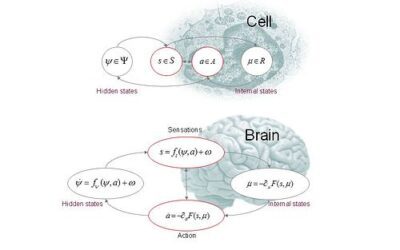
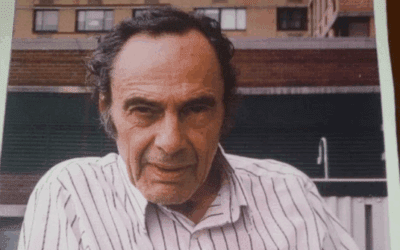



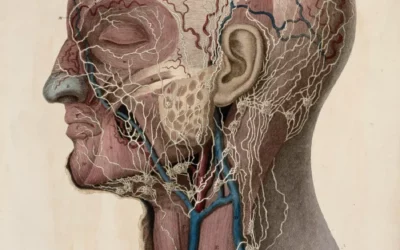

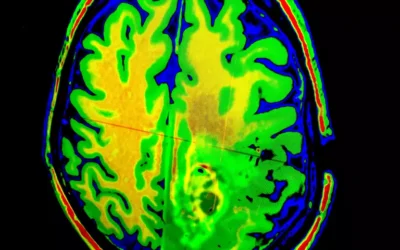
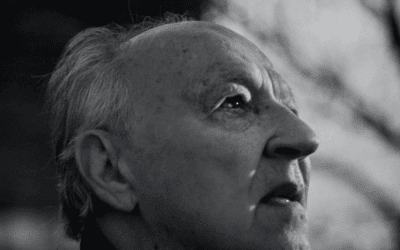


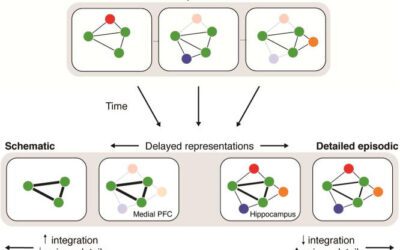

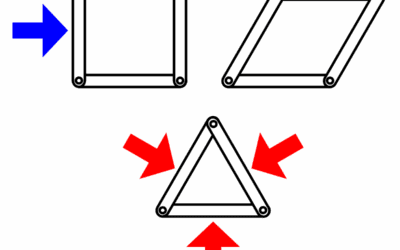
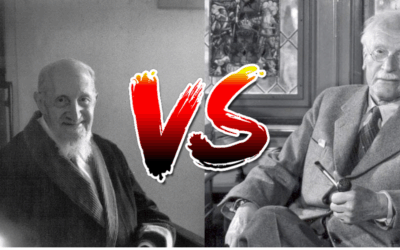








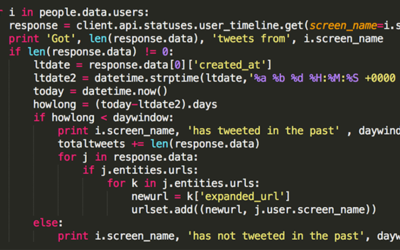

0 Comments